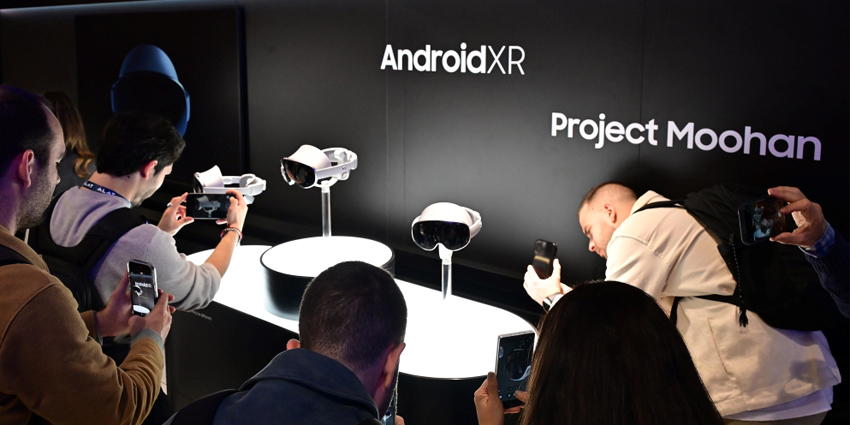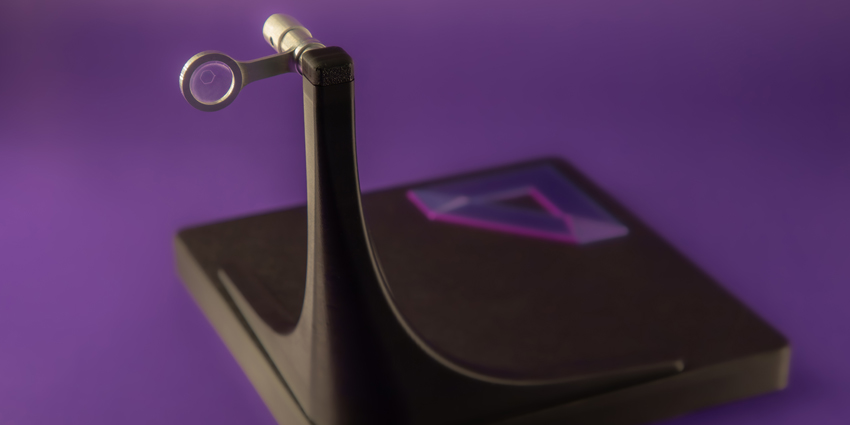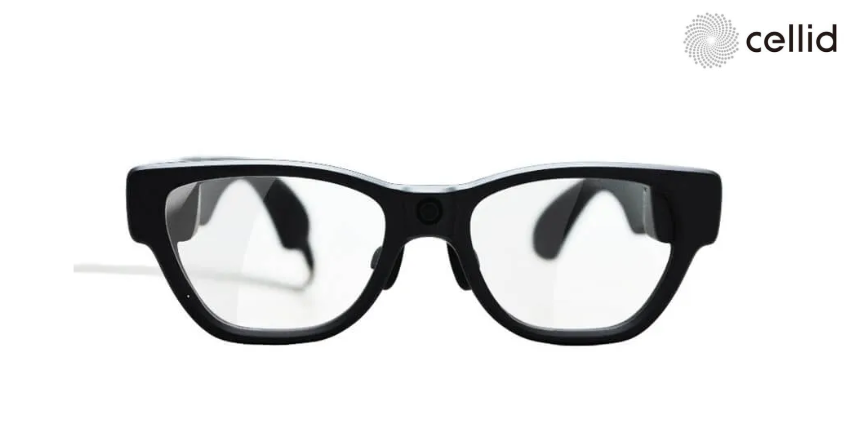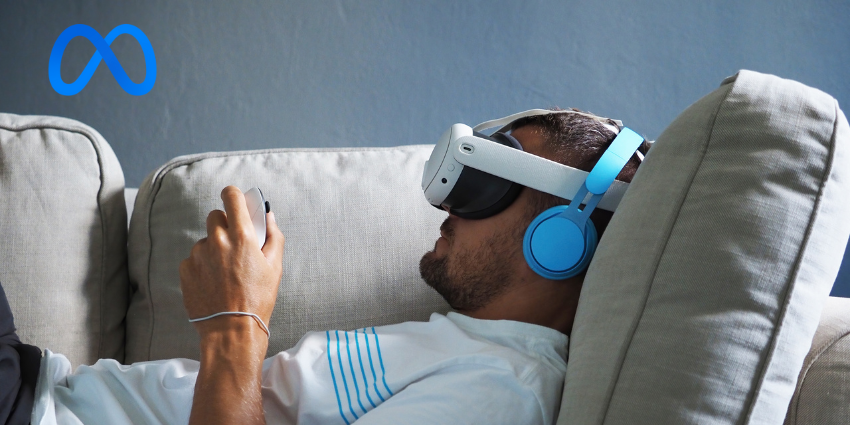Cellid Inc. has emerged as a standout innovator at Mobile World Congress 2025 in Barcelona, showcasing their cutting-edge spectacle-type AR glasses that promise to make augmented reality more accessible and practical for everyday use.
While several AR wearables captured attention at the event, Cellid’s approach to lightweight, unobtrusive AR is a refreshing take on a crowded industry.
Making AR as Natural as Wearing Glasses
Cellid’s booth drew consistent crowds eager to experience their reference design for spectacle-type AR glasses.
What makes these glasses particularly impressive is their form factor – as thin and light as ordinary eyeglass lenses while delivering crisp, clear augmented imagery. The company has achieved this through their world’s largest viewing angle glass waveguide technology and full-color plastic waveguides: both on display at MWC.
According to IDC’s “Worldwide Augmented and Virtual Reality Hardware Forecast,” the technology trend is expected to shift from mobile devices to AR/MR glasses as computing evolves toward more user-friendly and personalised experiences.
Cellid appears well-positioned for this transition with their focus on integrating cutting-edge AR display hardware with real-world spatial recognition software.
Visitors to Cellid’s booth were able to participate in interactive demonstrations featuring real-world applications of the reference design announced last November, showcasing how their lightweight AR glasses could seamlessly integrate into daily life. The company’s “Blending of Physical and Digital World” approach emphasises making exceptional information tools more accessible, practical, and convenient.
Other Notable AR Innovations at MWC 2025
While Cellid stood out for their practical, everyday approach to AR glasses, other significant AR wearables also made waves at MWC 2025:
Samsung, Qualcomm, and Google’s collaborative Moohan headset generated buzz with its impressive 3,000 DPI micro-OLED displays and Snapdragon XR2+ Gen 2 chipset. Though positioned as a more immersive mixed reality solution at an expected price point of $999, the Moohan represents the high-end of the AR/XR spectrum compared to Cellid’s more accessible approach.

MICROOLED, Quanta Computer, and STMicroelectronics introduced their ActiveLook-enabled AR smart glasses reference design, focusing on delivering “mission-critical information in real-time and on the move” for sports and outdoor activities. These glasses emphasize low power consumption and practical utility, aligning somewhat with Cellid’s philosophy but targeting more specific use cases.
Perhaps most futuristic was XPANCEO’s display of smart contact lens prototypes, including versions with health monitoring capabilities and AR functionality. While still years from mainstream adoption, these prototypes hint at a possible long-term future for AR wearables.

NTT QONOQ devices showcased both enterprise and consumer-focused AR smart glasses, with their MiRZA wearable leveraging Qualcomm’s Snapdragon AR2 Gen 1 chipset for workplace applications. While impressive technologically, these appear more specialized than Cellid’s everyday glasses approach.
The AR Landscape: Consumer Convenience and Industrial Innovation
Cellid’s presence at MWC 2025 underscores the growing importance of making AR technology accessible and practical for widespread adoption. By focusing on creating AR glasses that look and feel like regular eyewear, while delivering meaningful augmented experiences, Cellid addresses one of the barriers to widespread AR adoption: the comfort and social acceptability of wearing the technology.
Beyond consumer applications, the industrial and enterprise potential for these lightweight AR solutions is substantial.
While Samsung’s Moohan and NTT QONOQ’s MiRZA target specific enterprise use cases with more specialised hardware, Cellid’s approach could factor in everyday workplace scenarios where unobtrusive AR integration is essential. From architects visualiaing building designs on-site to healthcare professionals accessing patient data while maintaining natural patient interactions; truly glasses-like AR wearables open possibilities that bulkier devices cannot match.
The convergence of different AR approaches at MWC 2025 – from Cellid’s practical eyewear and ActiveLook’s sports-focused glasses to NTT’s enterprise solutions and XPANCEO’s futuristic contact lenses – suggests an industry maturing beyond one-size-fits-all solutions. This diversification signals AR’s transition from novelty technology to purpose-built tools for specific contexts and needs.
As competition intensifies and technology advances, we’re seeing specialized development paths addressing different segments of the market. Cellid’s spectacle-type AR glasses represent a particularly promising direction for mainstream adoption, potentially serving as the catalyst that finally brings augmented reality into everyday life—not as an occasionally used special device, but as a natural extension of how we already engage with the world through traditional eyewear.







